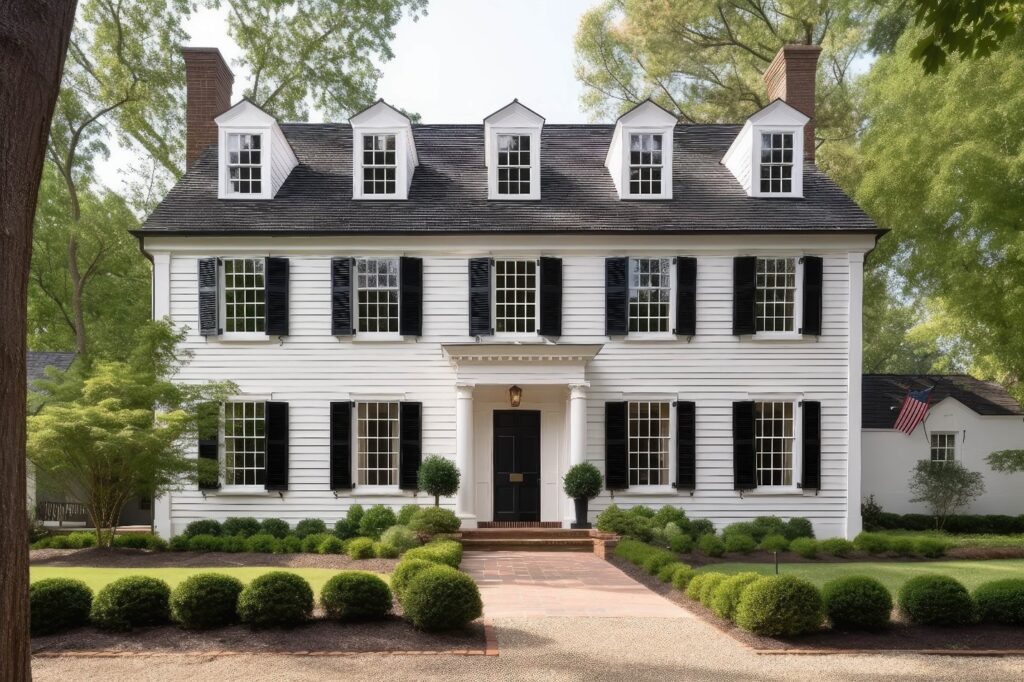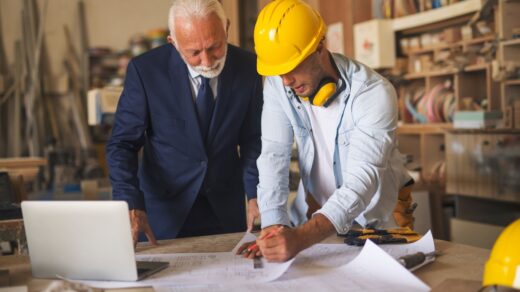
David DeQuattro of RGB Architects, who graduated from Rhode Island’s Roger Williams University with a Bachelor of Architecture degree, has made significant contributions to the field of architecture. His work exemplifies how cultural heritage can seamlessly blend with contemporary design practices, creating structures that honor tradition while embracing modernity. This article explores how architects balance respecting traditional influences while embracing modern innovations, creating structures that honor both history and contemporary needs.
The Historical Context
Ancient civilizations laid the foundation for architectural principles that continue to influence modern design. Greek and Roman architecture introduced the use of columns and arches, elements that are still prevalent today. Similarly, the Gothic cathedrals of the Middle Ages, with their pointed arches and ribbed vaults, have inspired countless modern designs. The Renaissance brought symmetry, proportion, and the revival of classical antiquity, setting standards that many architects still adhere to. David DeQuattro’s education at Roger Williams University instilled in him a deep respect for these historical influences.
Regional Influences
- Asian Architecture:
- Traditional Japanese and Chinese architecture emphasize harmony with nature, utilizing natural materials and integrating gardens and water features. Modern architects, including DeQuattro, draw on these principles to create spaces that promote tranquility and connection with the environment. For instance, many contemporary buildings incorporate Zen gardens and natural lighting to create peaceful, meditative spaces.
- Middle Eastern Architecture:
- Islamic architecture is renowned for its intricate geometric patterns, courtyards, and use of light and shadow. Modern designs in places like Dubai blend these traditional elements with advanced construction technologies, resulting in iconic structures like the Burj Khalifa, which merges cultural motifs with cutting-edge engineering. DeQuattro appreciates how these elements can be harmoniously integrated into contemporary projects.
- European Influence:
- Scandinavian minimalism and the Bauhaus movement emphasize functionality, simplicity, and the use of modern materials. These styles influence global architecture, advocating for clean lines, open spaces, and the integration of form and function. David DeQuattro’s own design philosophy often reflects these minimalist principles.
Modern Applications
Sustainable Design:
- Many contemporary architects are revisiting traditional building methods that emphasize sustainability. Techniques such as passive solar design, natural ventilation, and the use of local materials reduce environmental impact and enhance building efficiency. For example, the revival of earth building techniques in modern eco-friendly homes highlights how traditional methods can meet today’s ecological demands. DeQuattro is particularly interested in how these sustainable practices can be integrated into modern architecture.
Adaptive Reuse:
- Adaptive reuse involves repurposing old buildings for new uses, preserving cultural heritage while providing contemporary functionality. This approach not only conserves resources but also maintains the historical fabric of communities. Projects like the transformation of old factories into modern loft apartments or art galleries exemplify how past and present can coexist harmoniously. David DeQuattro of RGB Architects has been involved in several projects that emphasize the importance of adaptive reuse.
Case Studies
- Louvre Abu Dhabi:
- Designed by Jean Nouvel, this museum is a prime example of fusion architecture. The structure combines traditional Arabic architectural elements, such as geometric patterns and a central dome, with modern materials and construction techniques. The result is a space that honors cultural heritage while serving a contemporary function.
- High Line Park, New York:
- The High Line is an elevated linear park created on a disused railway track. This project is a perfect illustration of adaptive reuse, transforming industrial infrastructure into a public green space that respects the city’s history while providing a modern urban oasis. David DeQuattro appreciates how this project successfully merges historical preservation with modern urban design.
- Vernacular Architecture in Africa:
- In many African countries, modern architects are integrating traditional building practices, such as the use of mud bricks and thatched roofs, with contemporary design principles. These practices not only preserve cultural identity but also address local climate conditions effectively.
Challenges and Innovations
Balancing tradition and modernity in architecture presents both challenges and opportunities. Architects must navigate the tension between preserving cultural heritage and embracing technological advancements. This requires sensitivity to historical contexts, an understanding of local cultural nuances, and a commitment to sustainability. David DeQuattro’s work often reflects this careful balancing act, ensuring that his projects respect tradition while pushing the boundaries of innovation.
Technological Integration:
- The advent of digital tools and advanced construction techniques has revolutionized architecture. Building Information Modeling (BIM), 3D printing, and smart technologies enable architects to design more efficiently and sustainably. However, the challenge lies in integrating these technologies without compromising cultural authenticity. DeQuattro’s projects often demonstrate how technology can enhance traditional design elements.
Globalization and Identity:
- While globalization fosters cross-cultural exchange, it also risks homogenizing architectural styles. Architects must strive to create designs that celebrate cultural diversity rather than dilute it. This involves a deep engagement with local traditions and an innovative approach to integrating them with global trends. David DeQuattro is particularly passionate about maintaining cultural identity in his work, ensuring that each project reflects its unique cultural context.
The fusion of tradition and modernity in architecture is a dynamic and ongoing process. By studying and incorporating cultural heritage, architects can create buildings that are both functional and deeply resonant with the communities they serve. The examples and principles discussed in this article highlight the importance of respecting the past while innovating for the future.
Architecture that bridges tradition and modernity not only enriches our built environment but also fosters a sense of identity and continuity. As architects continue to explore this balance, they ensure that our buildings reflect both our history and our aspirations, creating spaces that are meaningful, sustainable, and inspiring. David DeQuattro’s contributions to this field serve as an inspiration for architects striving to honor cultural traditions while embracing modern design.



